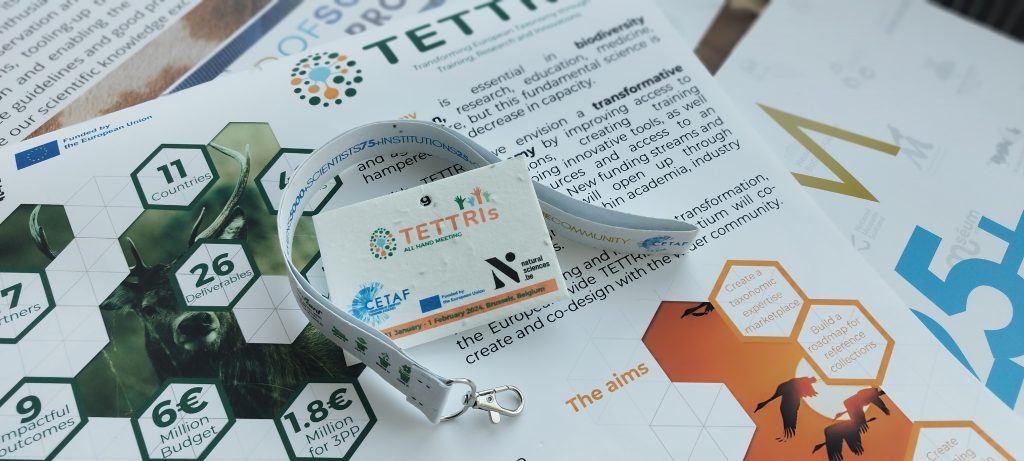TETTRIs is the community response to better understand biodiversity decline, its main direct drivers and their interrelations. So, we decided to further continue our different approach to our meetings.
It is not coherent to work for protecting biodiversity and then produce a gadget made of plastic, probably travelling by plane from far away, with no attention to the environment and the rights of workers. So, we decided to go paperless in our ALL HANDS meeting (30 and 31st of January + 1st of February) the agenda is not printed, but accessible online via QR code) and to produce sustainable gadgets: both the nametags and the lanyards will be printed on special paper that can be reduced into pieces and contains the seeds of various plants! Just follow the instructions and see your plant growing, with no waste!
(This time we got lavender and basils seeds, sooooo useful!)
By choosing one of these ecological items we made a concrete choice towards the environment, inspiring and educating those who receive them to good habits and respect for the planet.
Each badge and lanyard contains the seeds to give life to a splendid plant, which will compensate for the CO2 emission given by the production of the gadget itself.
An ethical as well as a sustainable choice. Those ecological gadgets are in fact handcrafted in an artisanal way by the children of the social cooperatives of the area of Bologna, Italy. To choose them, TETTRIs made a gesture of solidarity with those who commit and struggle every day to be reintegrated into our society.


